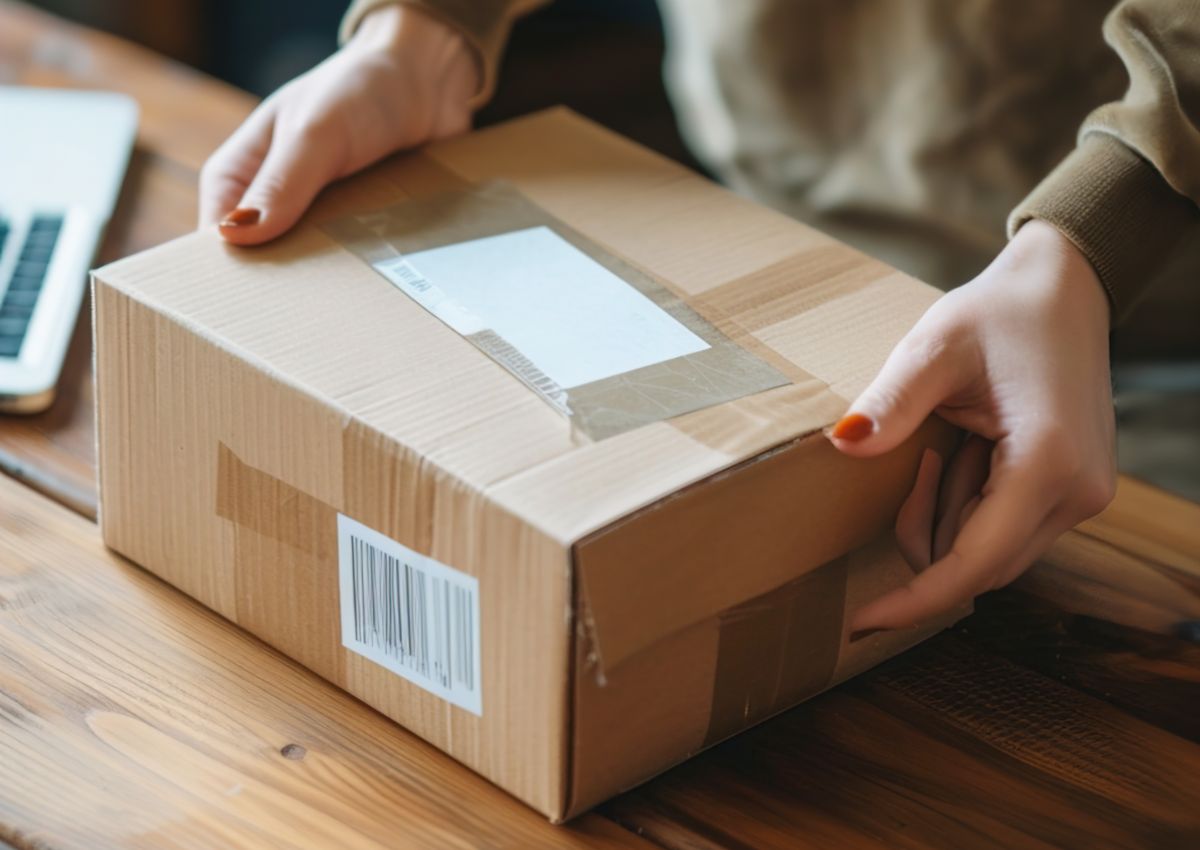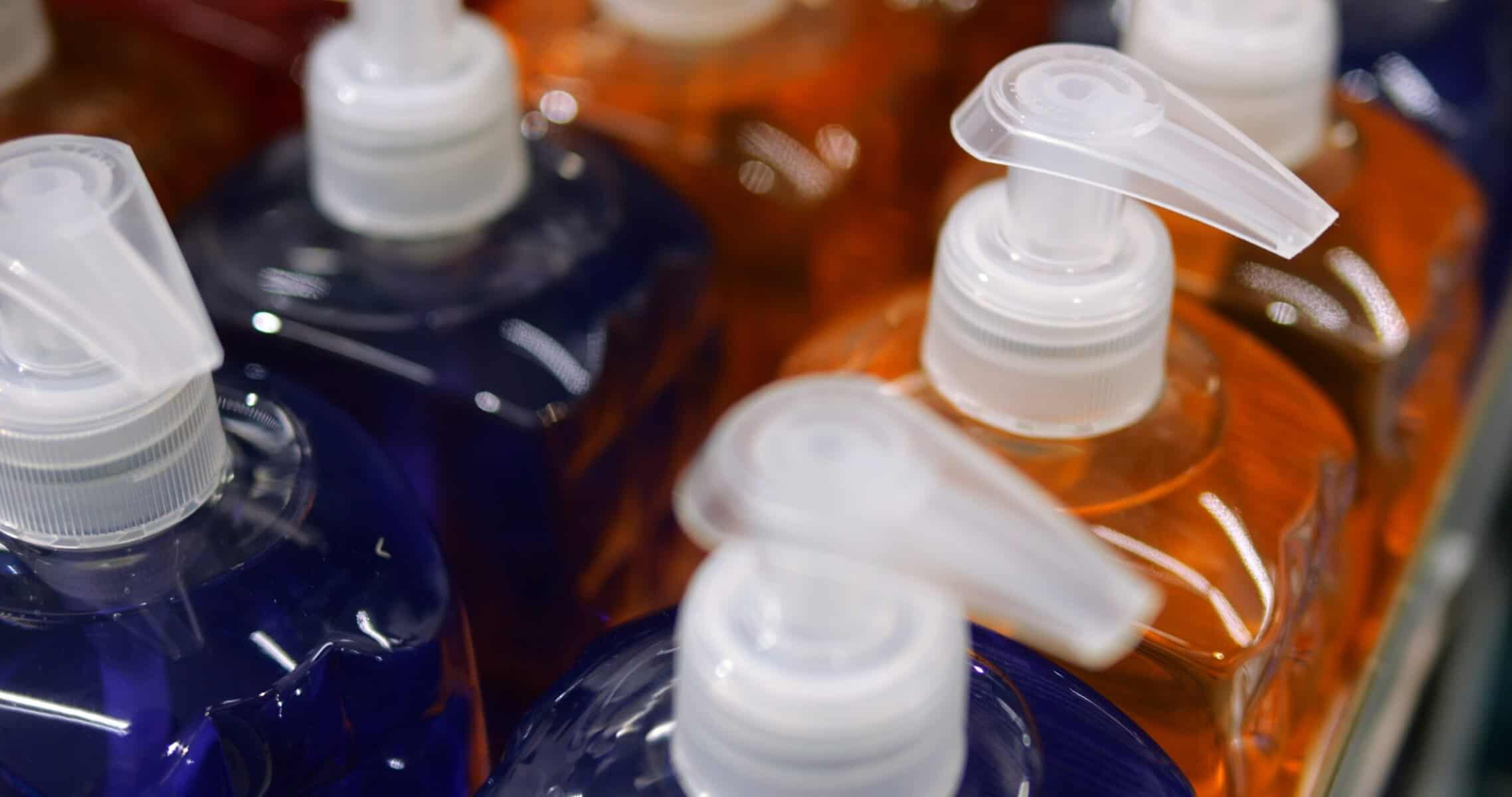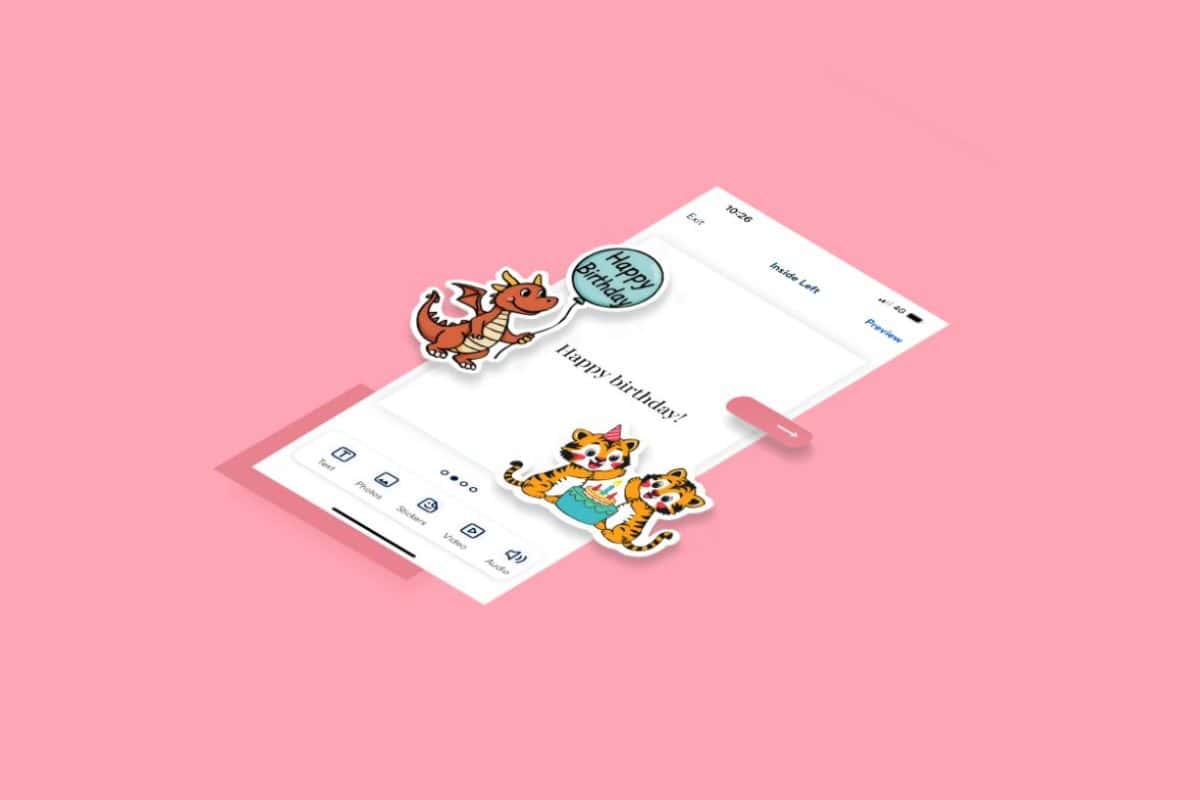Customers are no longer quiet about their desire for the perfect delivery experience. Expectations around service in all areas of their lives are being raised and none more so than in the area of delivery. Service disruptors such as Airbnb and Amazon have set new standards of customer service and in retail shoppers are now realising that they also have the right to expect a similar experience when it comes to product delivery.
1. A fast, fantastic fit-for-purpose delivery experience
Conditioned by what’s possible – with Amazon Prime being the obvious example – customers have grown to expect speed and ease of delivery as a given, often regardless of whether they actually need their product urgently or not.
Retailers can now also offer their customers a more personalised checkout experience, with dynamic delivery options based on what the retailer can provide operationally depending on the customer’s location and requirements.
As such, the delivery offering can increasingly make or break a sale. “A great delivery offering can be the difference between a customer purchasing from your website or not,” says Claire Laidlaw, European courier services manager at fresh handmade cosmetics retailer Lush. “With the ever-increasing availability of the same or similar products across websites, how quickly and at what cost your product can reach customers can be the differentiator.”
It also helps in retaining customers too. “A great delivery experience that customers can trust can be the key to loyal returning customers,” she notes. Offering just a vague three- to five-day delivery window is no longer acceptable to customers, especially when next-day and even same-day options are becoming ever more popular.
However, delivery infrastructures have to be flexible enough to not only offer such options but also to offer them cost-effectively, especially since the customer doesn’t think about the cost. Lush’s Laidlaw says cost is a challenge for retailers to manage. “Same-day delivery, one-hour delivery slots and afternoon/evening delivery services are available, but they come at a premium and it’s difficult to determine who covers the additional cost. While customers are prepared to pay extra for the convenience, are they prepared to cover the true cost? Location of fulfilment is a key factor to these offerings and to which customers they can be offered to.”
Customers also want their products to come when they are supposed to. Research by Sorted in 2017 found that nearly half of consumers had received packages late, despite 38% of them having paid for premium delivery. The same research suggested nearly half (48%) of UK consumers said they were less likely to shop with a retailer again if this happened.
“Retailers need to manage customer expectations about speed of delivery,” says Andrew Hill, sales director at Sorted. “By letting a customer choose from a wider range of the best available delivery options, at different pricing bandings, the consumer becomes in control of crafting and defining what perfect delivery looks like to them on each buying occasion,” he says.
This also means having the flex to be able to offer a range of different services, by linking up with a range of delivery partners. “Practically, retailers should consider opting for delivery partners who are experts at delivering to certain postcode areas and for different types of products,” says Hill.
2. The ability to know exactly where a delivery is
Delivering a parcel quickly is the key expectation of customers but they also want retailers to keep them updated on their parcels while they are en route. This makes offering live tracking options a must-do for retailers, especially since latest figures suggest that 80% of customers want live tracking at every stage of the delivery process.
Where retailers offer multi-carrier options for delivery, they must ensure that tracking options are consistent, since the diversity of capabilities of different carriers can make tracking sporadic to say the least. Some retailers will simply rely on a shipping email notification plus a link to the carrier’s website, although the messaging could be something as basic as, ‘the item is out for delivery’. Yet such an uninformed experience grates with customers, especially now that other retailers can offer the ability to pinpoint driver locations exactly.
As well as risking customer loyalty, this can also impact cost-wise in other ways, such as shoppers being more likely to contact the retailer’s customer service team in order to track the whereabouts of their delivery. But by getting advanced warning of potential delivery issues retailers can also get proactive about notifications too, rather than waiting for their customers to find out there is a problem and ring in.
In 2018, John Lewis & Partners reported that by offering customers the option of live online tracking of deliveries, it saw an additional 1.5 million visits to its website. This didn’t just divert those customers away from calling customer services but also potentially meant that each one might have browsed and bought more as a result.
3. Customers want to be able to change things – until the last minute
Frustratingly, most customers used to have to wait in all day for a delivery and there are still plenty that have to. But these days, it’s these customers who retailers risk losing. “The worrying reality is that shoppers are simply not satisfied with current levels of service, or flexibility in delivery, and this should be a great concern to retailers,” says Hill. “Shoppers won’t remain loyal to brands if they aren’t offered convenient, cheap and enjoyable experiences right the way through their purchasing journey.”
Today, shoppers have been conditioned to expect delivery timeslots narrowed down to an hour or two. They also expect to be able to change their minds with little warning to the retailer and carrier, and even to re-route their deliveries if so required.
Although the primary role of this communication is to improve the experience and avoid failed deliveries, it does mean greater uncertainty for the retailer and their carrier partners, as well as the requirement for both to flexibly allow such re-routing by customers.
In-flight communications are improving all the time, with more customer-friendly interfaces allowing shoppers to know exactly where their parcels are. Geo-location data already pinpoints driver locations, which helps in better informing customers. Yet the concept also works the other way around, with many retailers beginning to consider, and in some cases, introduce the concept of delivery on the move. This will see retailers able to deliver to wherever the customer may be – even if that’s in the park or at a coffee shop rather than at a traditional, registered delivery address.
In January this year, for example, Starbucks announced the expansion of its Starbucks Delivers service with Uber Eats. The expansion of this service from the US will also see London become the first European city to trial it. Jason Droege, vice president and head of UberEverything, said at its launch, “Be it breakfast delivered straight to the soccer field, or afternoon lattes to the office, we know this partnership will delight our customers.”
4. Customers want to know where delivered items have been left
Since both carriers and customers are keen to avoid the horror of the ‘while you were out’ failed delivery card, more options for when the customer isn’t home are being put in place. Yet many options such as leaving in a safe place or delivering to a neighbour can also bring risks which can negatively impact the customer experience if they’re not handled correctly.
Sorted research suggests that customers want increasingly sophisticated acceptance options to prove delivery acceptance, such as biometrics rather than a signature, which often is neither traceable nor provable.
Knowing that parcels are to be left somewhere safe – or at very least that carrier partners will stick to a preferred, customer-specified location – is key for customers who factor in delivery security when they make their purchasing decisions.
In Sorted’s research, more than a third of shoppers had encountered the problem of items left with a neighbour without a note informing them of this delivery. This is despite carriers now offering options such as photographic evidence of delivery to improve the experience.
Another new option to solve the ‘while you were out’ problem is a more widespread use of in-home or in-car delivery using smart lock access. A number of retailers, carriers, lock and car manufacturers are already involved in trials of this worldwide.
In October 2018, Waitrose & Partners became the first UK supermarket to offer in-home delivery when customers are out. Waitrose’s While You’re Away service was tested by 100 customers in the south London area in the autumn before a potential wider rollout to 1,000 customers in the spring.
In these delivery scenarios, access codes are shared with the drivers to allow access to a home, with the whole process either shown live or videoed for the customer. In the Waitrose & Partners trial, the service also offered the option of drivers putting items into fridges or freezers, which is convenient but also requires the delivery driver to have an even greater access to a customer’s house. For the sake of transparency, the drivers also wear chest- cams to record the delivery, with the video available for the customer to view the next working day.
This feature first appeared in an InternetRetailing white paper, Flexible logistics that move at the speed of the customer, produced in association with Sorted. Click here to explore this white paper further and here to see all of InternetRetailing’s white papers.
Image: Fotolia








